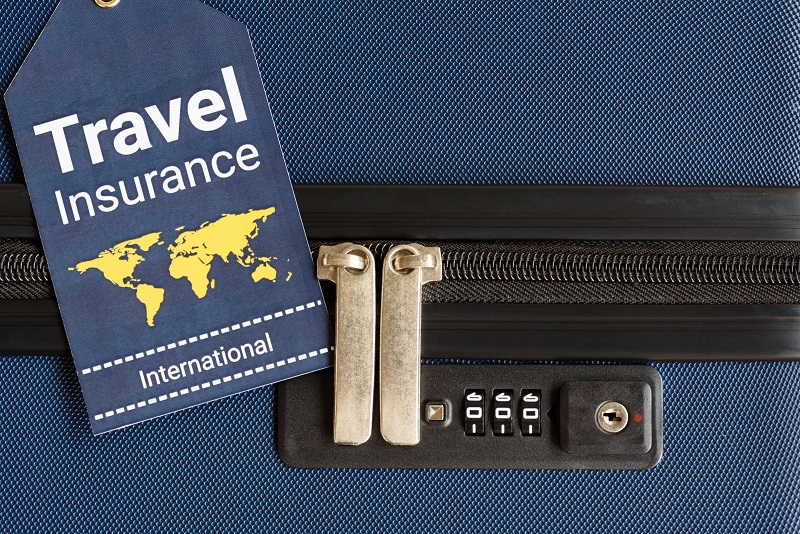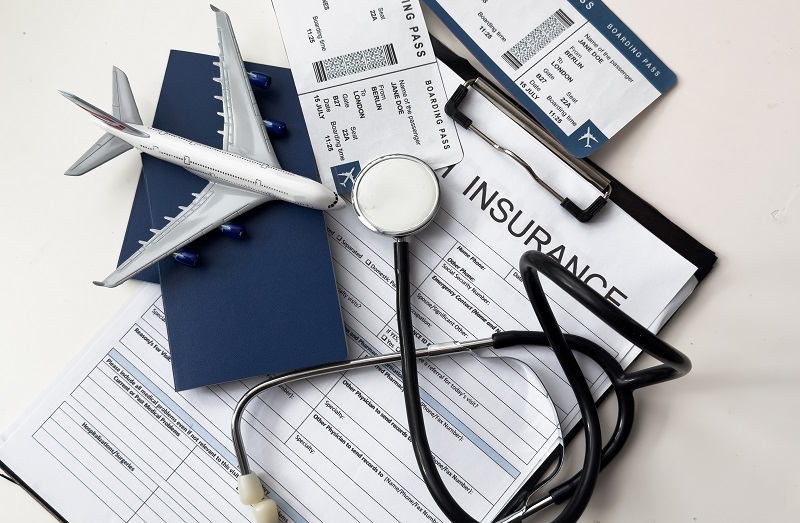
Traveling abroad is exciting, but it comes with risks most people ignore until it’s too late. A sudden illness, an accident, or even a minor medical issue can turn a dream vacation into a financial nightmare. That’s why travel medical insurance international (pk) isn’t optional, it’s something you need before you even pack your bags.
If you’ve ever wondered about medical insurance for international travel, how it works, or which plan is worth your money, this guide will give you the straight facts. No fluff, no generic advice, just what you need to know to stay protected.
Most travelers assume their domestic health insurance will cover them abroad. It won’t.
This is exactly why international medical insurance for travel exists—to cover emergencies your regular insurance won’t touch.
Must Read: Top 10 Airport Travel Safety Tips for Stress-Free Journeys
Here’s What you get with international sickness insurance
Some plans will even cover emergency dental treatment, mental health support, and 24-hour assistance.
But, not all policy packages are equal. Choosing the right one for you depends on the trip:
Covers just one single trip. Good if you travel once or twice a year.
Covers multiple trips within a year. Perfect for frequent flyers.
For trips lasting less than a year—students studying abroad, short-term work assignments, or vacationers. Full coverage without paying for a long-term plan.
For those living abroad. Covers routine care, preventive treatments, and emergencies—like a full health plan overseas.
Premiums vary depending on your age, destination, trip length, and coverage limit.
On average, a single trip costs $40-$80. Short-term medical insurance for international travel can be as low as $4-$5 per day. Considering how quickly medical bills can spiral, that’s a bargain.
Here’s why this insurance isn’t optional:
Accident in Spain: Carol, 71, fell while traveling in Spain. Her travel insurance international medical plan covered $120,000 in hospital bills and an air ambulance back home—all from a $650 policy.
Brain infection in London: Norman spent ten weeks in intensive care with a serious infection. His international medical insurance for travel policy paid more than $600,000, including medical evacuation back to Australia.
Without proper coverage, even a minor incident could have ruined their finances.
Also check: Air Travel with Medical Equipment Everything to Know First

Here’s how I choose travel medical insurance for my trips:
Pre-existing conditions? Look for a policy with a waiver. Think about what emergencies you could realistically face.
Research healthcare quality and entry requirements. Some countries demand proof of insurance.
Look at coverage, benefits, and limits. Read real customer reviews—don’t trust flashy marketing.
Emergencies don’t happen at convenient hours. Make sure your insurer has round-the-clock help.
Know what’s covered, what’s excluded, and how claims are filed.
One of the biggest worries travelers have is “Will I actually get reimbursed if something happens?” Here’s how it usually works:
Call the insurance company as soon as you seek treatment. Most of them have helplines that operate 24/7.
Collect hospital records, receipts, and doctor's notes. Without the right paper trail, claims can be delayed or denied.
Most providers allow online claim submission. Attach all the documents and explain the situation clearly.
Keep photocopies of everything. Check the status of your claim regularly, and reply to any additional requests for information promptly.
Your dried-up payout occurs when travel medical insurance international (pk) policy is done carelessly.
Don’t Miss: Best First Aid Kit for Travel Essentials You Must Carry
Traveling internationally without medical insurance for international travel is a gamble no one should take. A single accident or illness can cost more than your plane tickets, hotel, and shopping combined.
Whether you go for a single-trip plan, multi-trip coverage, or a short-term policy, proper travel medical insurance international (pk) ensures you’re protected. It’s not just about money—it’s peace of mind.
Travel smart. Travel safe. Don’t leave home without coverage.
This content was created by AI